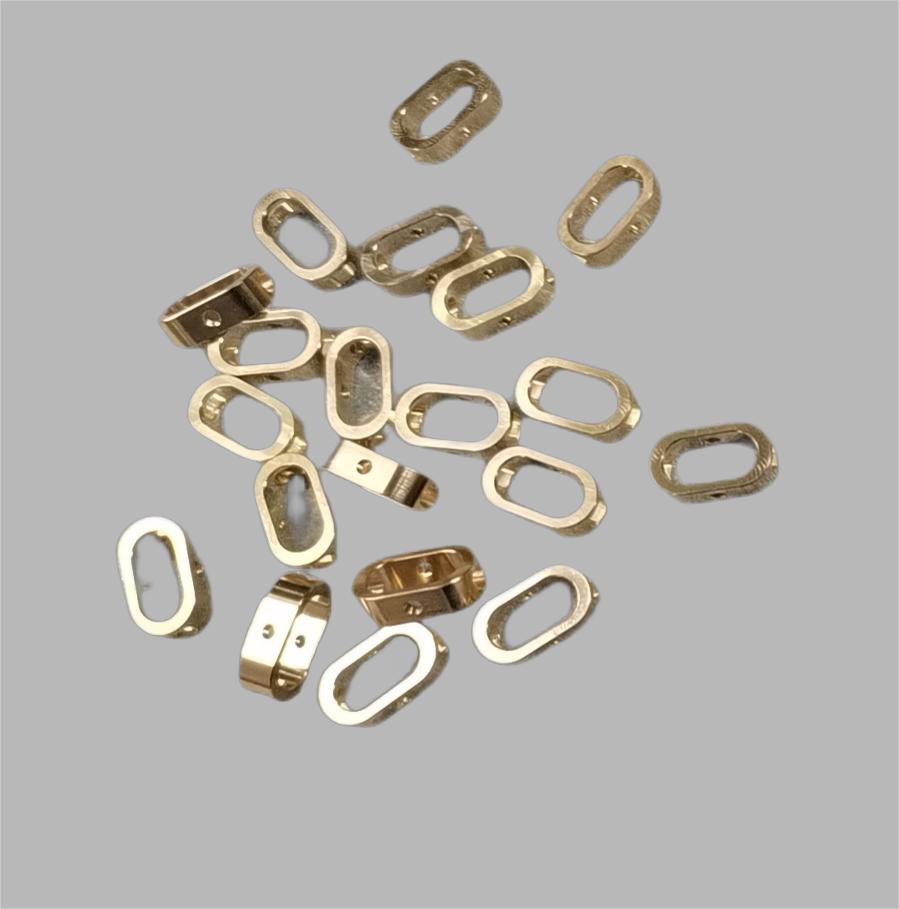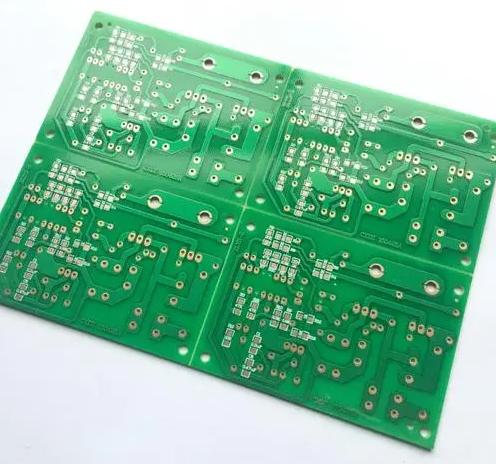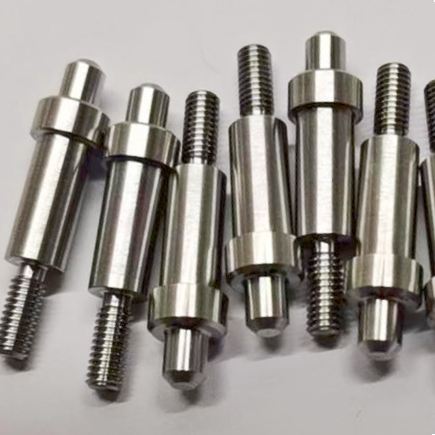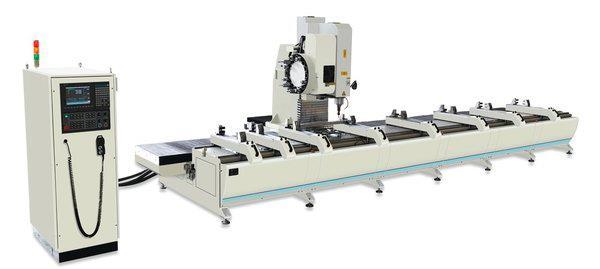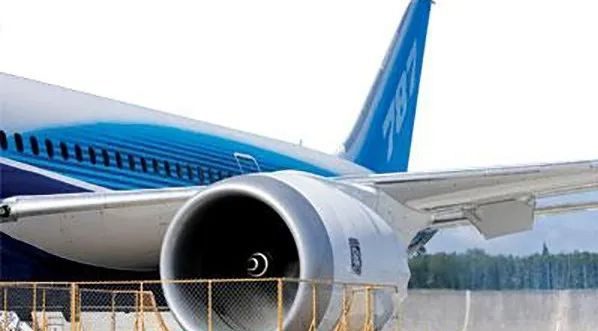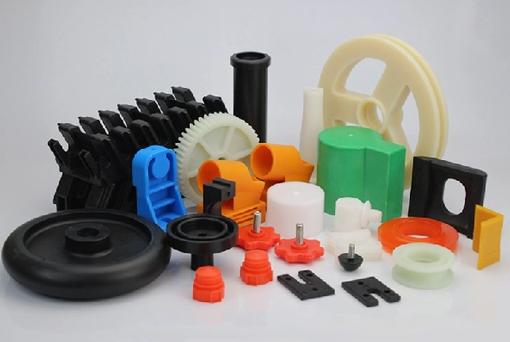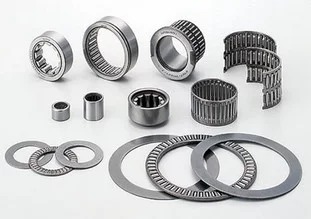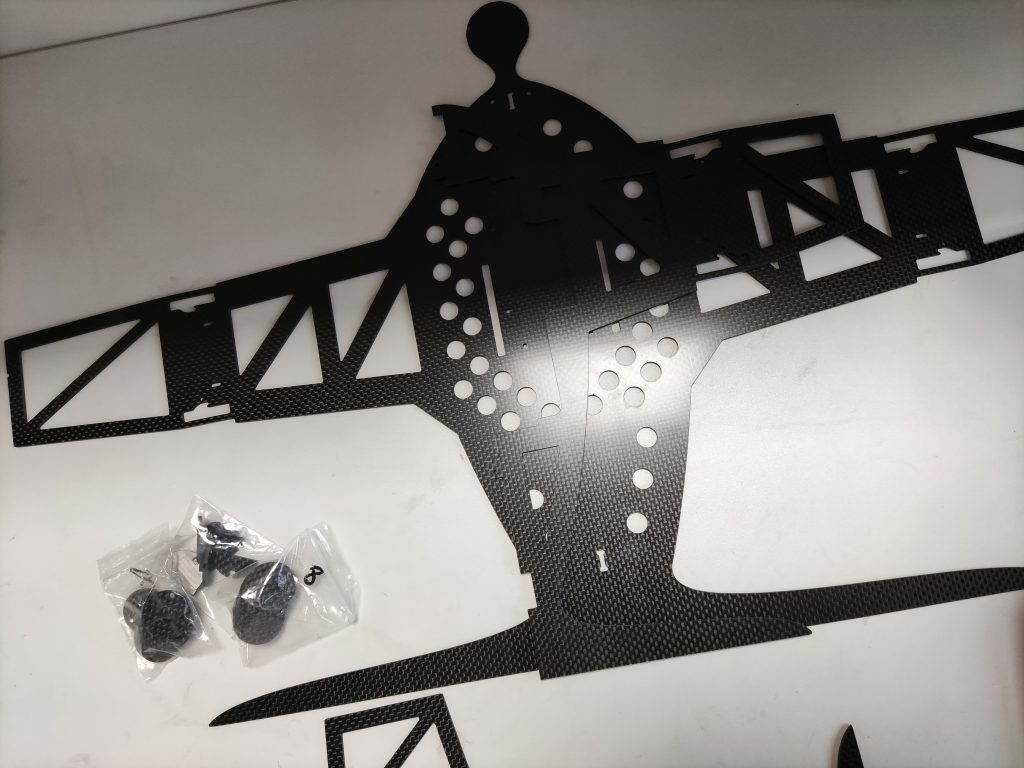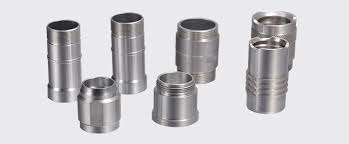Stainless steel, renowned for its corrosion resistance, presents unique challenges when machined using CNC technology. The material’s characteristics, such as its relatively poor thermal conductivity and work-hardening tendencies, necessitate specific considerations and techniques to achieve optimal results. CNC machining expert JTR will introduce the challenges and countermeasures in CNC machining of stainless steel parts in detail.
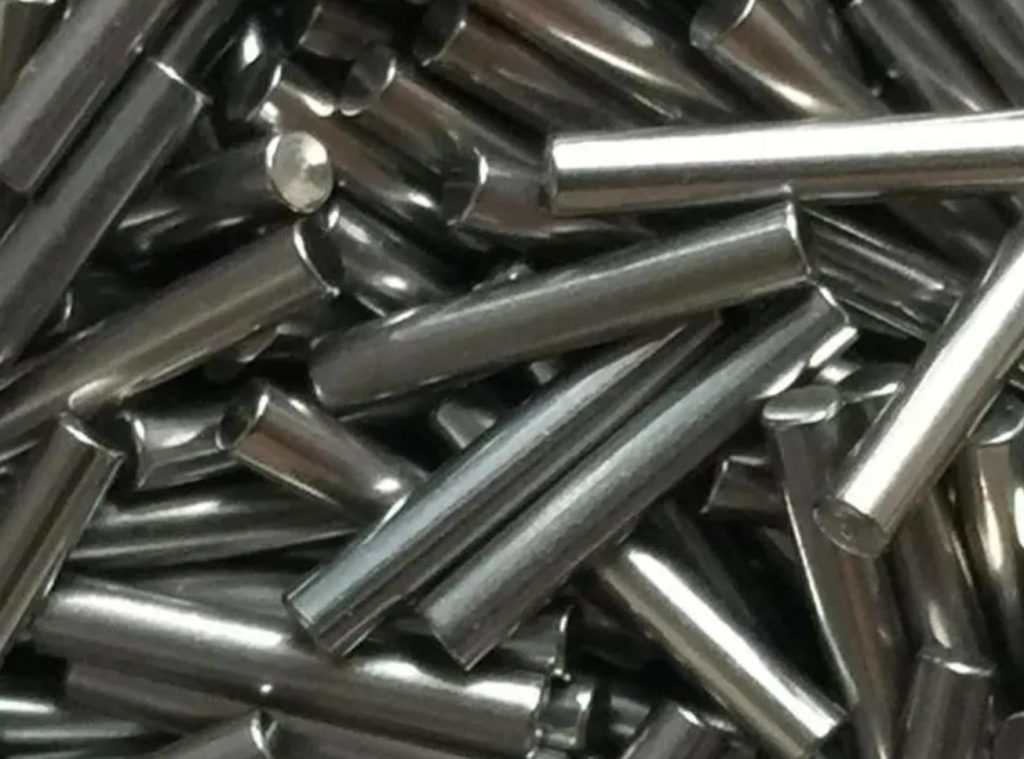
Overheating Issues in CNC Machining Stainless Steel
One of the primary challenges encountered in CNC machining stainless steel is overheating. Due to its relatively lower thermal conductivity compared to other metals, stainless steel tends to heat up rapidly during cutting operations. This excessive heat can lead to a variety of problems, including:
- Tool wear: High temperatures can accelerate tool wear, leading to shorter tool life and increased costs.
- Workpiece distortion: Excessive heat can cause the workpiece to distort, compromising dimensional accuracy and surface finish.
- Burned edges: The cutting edge of the tool can become burned or blued due to excessive heat, reducing its cutting efficiency.
- Work hardening: The material can undergo work hardening, making it more difficult to machine and potentially leading to tool breakage.
Several Strategies Can Be Employed:
- Reduced cutting speeds: Lowering the cutting speed helps dissipate heat more effectively, preventing excessive temperature buildup at the cutting tool-workpiece interface. This can be achieved by adjusting the spindle speed or feed rate. However, it’s important to find a balance between reducing heat and maintaining productivity.
- Optimized cutting fluids: Employing high-quality cutting fluids specifically designed for stainless steel can enhance heat dissipation and reduce tool wear. These fluids often contain additives that improve their cooling and lubricating properties. Factors to consider when selecting a cutting fluid include its viscosity, pH level, and compatibility with the specific stainless steel grade being machined.
- Tool geometry: Selecting cutting tools with appropriate geometry, such as negative rake angles and ample chip clearance, can help minimize heat generation and improve chip evacuation. Negative rake angles reduce the contact area between the tool and workpiece, reducing friction and heat generation. Ample chip clearance ensures that chips are efficiently removed from the cutting zone, preventing heat buildup.
- Coolant flow: Ensuring adequate coolant flow to the cutting zone is essential for effective heat dissipation. This can be achieved by optimizing coolant pressure, nozzle placement, and coolant filtration. High-pressure coolant can provide more effective cooling, but care must be taken to avoid excessive splashing.
- Intermittent cutting: In some cases, intermittent cutting, or “interrupted cuts,” can be used to allow the workpiece to cool down between cuts, reducing overall heat generation. However, this can impact productivity, so it should be used judiciously.
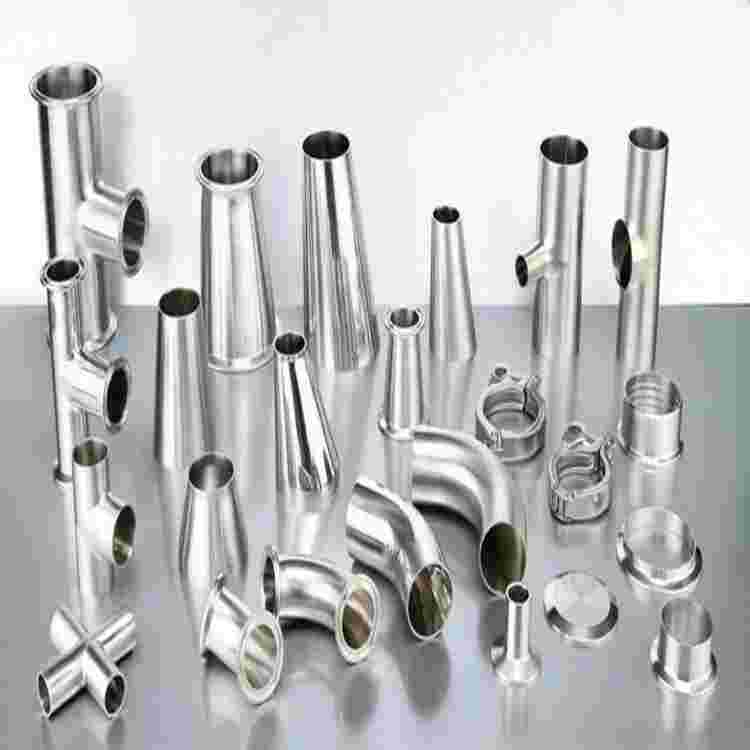
Surface Finishing Challenges in CNC Machining Stainless Steel
Achieving a high-quality surface finish on stainless steel components is essential for both aesthetic and functional purposes. While various surface finishing techniques can be employed, stainless steel’s unique properties present several challenges.
Material Hardness
Stainless steel is inherently harder than many other metals, making it more resistant to scratching and abrasion. However, this hardness can also make it difficult to achieve a fine surface finish without excessive tool wear. Aggressive machining techniques, such as deep grinding or heavy polishing, can rapidly dull or even break cutting tools, leading to increased costs and downtime.
To address this challenge, it is essential to use specialized tools and techniques designed for machining stainless steel. Carbide or ceramic tools with appropriate geometries and coatings can provide better wear resistance and cutting performance. Additionally, using lower cutting speeds and feeds can help reduce tool wear and improve surface finish.
Work Hardening
Stainless steel is prone to work hardening, meaning it becomes harder and more difficult to machine as it is deformed. This phenomenon can significantly impact surface quality, especially when aggressive machining techniques are used. As the material becomes harder, it becomes more resistant to cutting, leading to increased tool wear and potential surface defects. To minimize work hardening, it is advisable to use techniques that involve less deformation of the material. This can include:
- Smaller depth of cuts: Taking smaller cuts can reduce the amount of material deformation and work hardening.
- Intermittent cutting: Alternating between cutting and non-cutting movements can allow the material to cool down and recover, reducing work hardening.
- Optimized cutting fluids: Using cutting fluids with additives that can help reduce work hardening can also be beneficial.
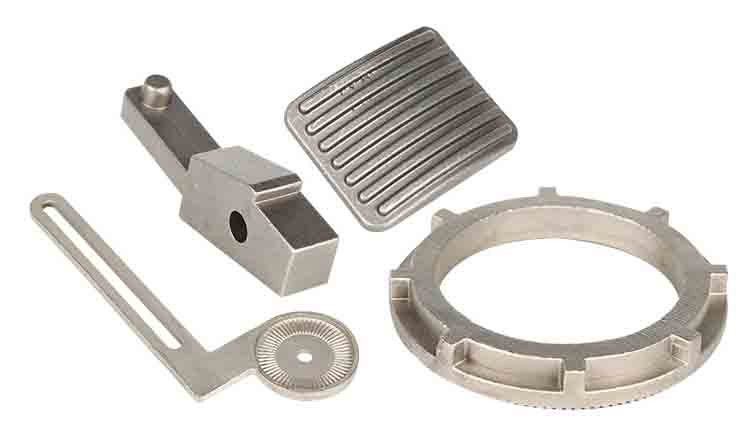
Sandblasting Challenges in CNC Machining Stainless Steel
Sandblasting is a widely used technique for creating a matte finish on stainless steel surfaces. It involves propelling abrasive particles at high velocity against the workpiece to remove material and create a desired surface texture. While effective, sandblasting requires careful consideration of several factors to achieve optimal results and ensure safety.
Abrasive Selection
The choice of abrasive material and particle size significantly impacts the surface finish. Common abrasives used for sandblasting stainless steel include:
- Silicon carbide: A versatile abrasive known for its hardness and sharpness, suitable for a wide range of applications.
- Glass beads: A softer abrasive that provides a finer finish and is less likely to damage the underlying material.
- Aluminum oxide: A hard abrasive that can be used for more aggressive blasting applications.
The particle size of the abrasive also plays a crucial role. Smaller particles generally produce a finer finish, while larger particles can be used for more aggressive material removal.
Pressure and Nozzle Angle
The blasting pressure and nozzle angle must be optimized to achieve the desired surface profile without damaging the underlying material. Higher pressure can be used for more aggressive material removal, but it can also increase the risk of damaging the workpiece. The nozzle angle affects the direction and intensity of the abrasive blast. A steeper angle can be used for more aggressive cleaning, while a shallower angle can be used for a finer finish.
Safety Considerations
Sandblasting can be hazardous if not performed correctly. Proper safety equipment, including respiratory protection, eye protection, hearing protection, and protective clothing, must be worn at all times. Additionally, the blasting area should be well-ventilated to prevent exposure to dust and other airborne contaminants.
It is also important to ensure that the workpiece is securely clamped or supported during the sandblasting process to prevent it from shifting or moving. This can help prevent damage to the workpiece and ensure a consistent finish.
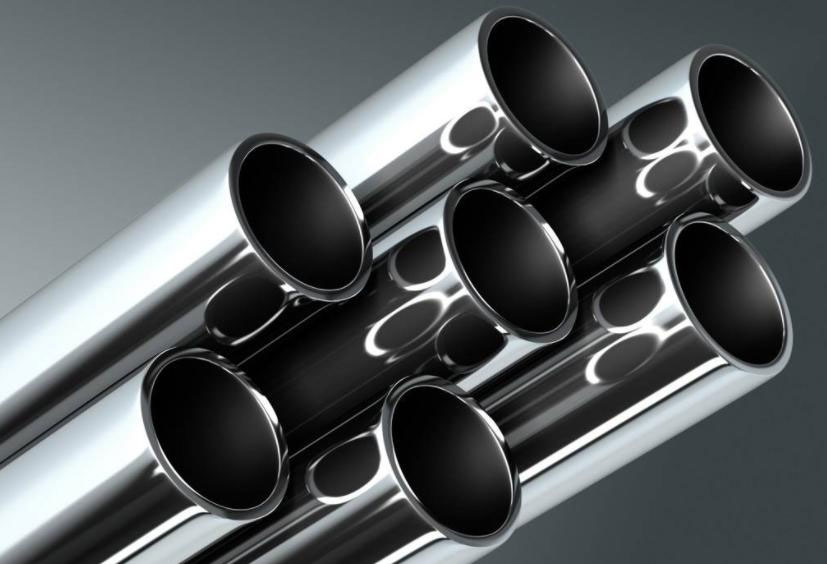
Overcoming Challenges
CNC machining of stainless steel presents unique challenges due to the material’s inherent properties. By understanding and addressing these challenges, including overheating issues, surface finishing difficulties, and safety considerations, it is possible to achieve high-quality stainless steel components. Implementing appropriate strategies such as reduced cutting speeds, optimized cutting fluids, and careful tool selection can help mitigate these challenges and ensure efficient and effective machining processes. Choosing an experienced CNC machining service supplier is also a good way to overcome the challenges of CNC machining of stainless steel parts.


